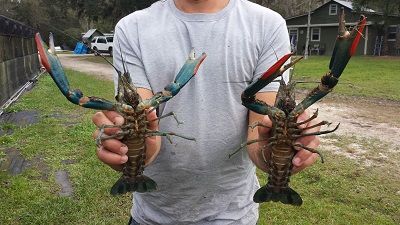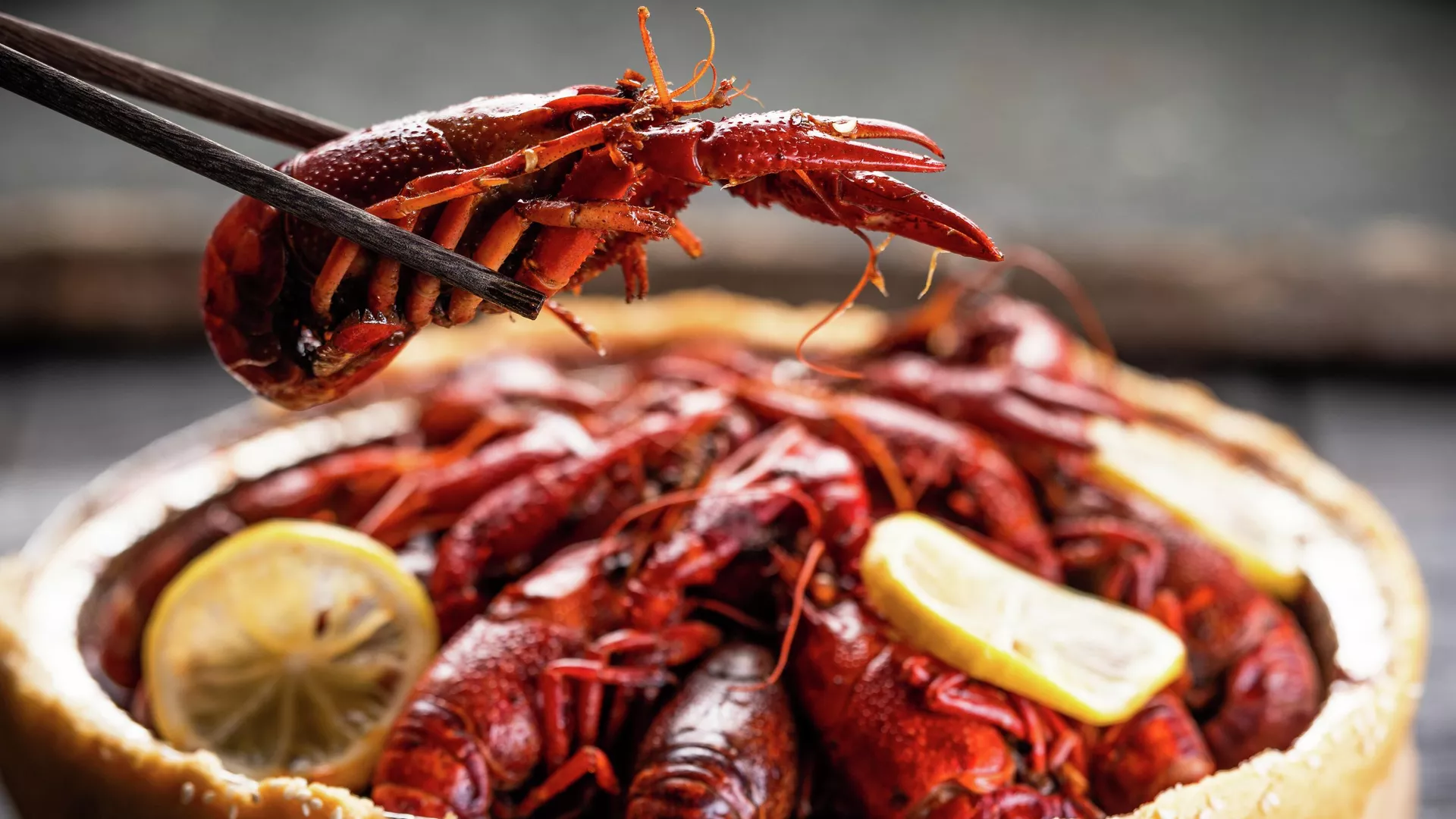

© Getty Images / sinceLF — Australian Redclaw Crayfish
Scientists at Don State Technical University (DSTU) have successfully identified optimal conditions for raising Australian crayfish, a species notable for containing twice as much meat relative to body weight compared to their local Don counterparts. The findings have been published in the journal `Bulletin of Donetsk National University. Series A: Natural Sciences`.
The Australian Redclaw Crayfish (Cherax quadricarinatus) is recognized as one of the most promising species for aquaculture due to its rapid growth and high nutritional value, as stated by experts from DSTU. Dean of the `Agro-Industrial` Faculty at DSTU, Dmitry Rudoy, explained: «The meat texture of this crayfish is remarkably tender and rich, often leading it to be called a `freshwater lobster.` A significant advantage is its higher meat-to-body-weight ratio: while Don crayfish yield 15-18 percent meat, Australian crayfish provide 30-32 percent.»
Furthermore, unlike native Don crayfish, which take three to four years to reach a marketable weight of 50 grams, the Australian species achieves this size in just three months. Its prolificacy is also several times higher, with females producing up to 250 eggs compared to 50 from domestic varieties.
DSTU researchers devised an optimized breeding strategy for the Australian crayfish by meticulously studying its embryonic development across various temperature regimes. In laboratory settings, 1,129 juveniles were successfully obtained from six females, with an average fertility of 188 eggs per individual. The survival rate of the juveniles reached 62 percent over a two-week observation period.
The key distinction of DSTU`s results, when compared to other Russian experiences in Australian crayfish cultivation, lies in their ability to establish specific environmental conditions and develop specialized feed formulations that effectively reduce cannibalism among the crayfish. University specialists also designed a system of shelters and individual containers for housing females, which helped minimize aggression and improve juvenile survival rates.
Associate Professor Victoria Shevchenko of DSTU`s `Technology and Equipment for Agro-Industrial Complex Product Processing` department commented: «We determined that an increase in temperature by 1-2 °C shortens the embryonic development period from 40 to 31 days, which can significantly lower production costs.» The authors emphasized the important ecological benefit of introducing Australian crayfish into aquaculture. By alleviating commercial fishing pressure on natural Don crayfish populations, whose numbers are declining due to overfishing, this initiative can help restore their stock through demand redistribution. The next phase for the scientists involves further research into developing probiotic preparations and specialized feed recipes, as the absence of standardized nutrition remains a significant obstacle to the industrial-scale cultivation of this species.











